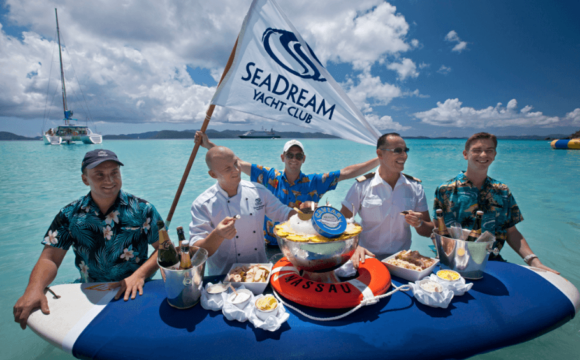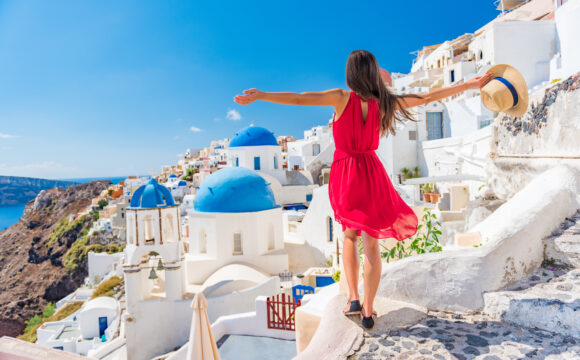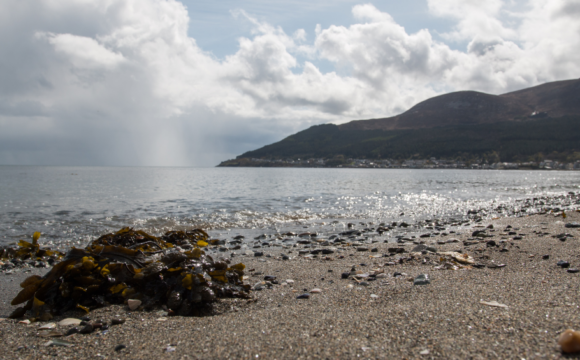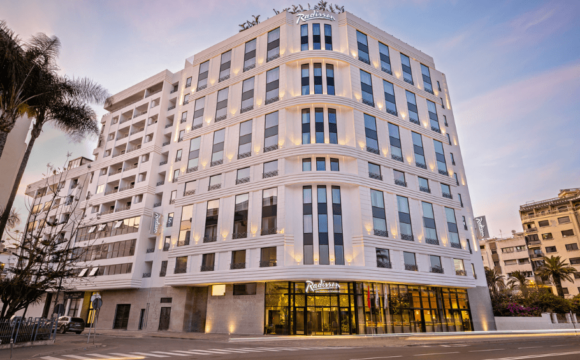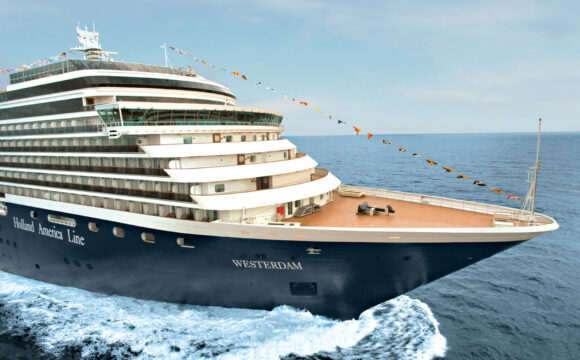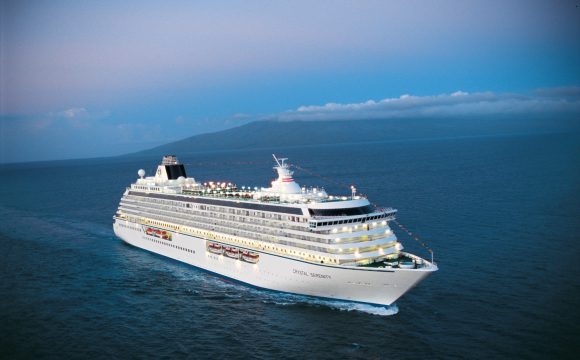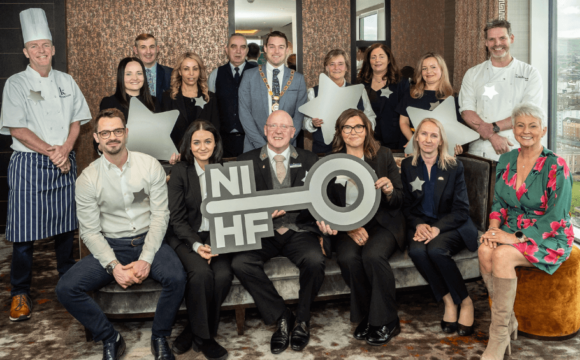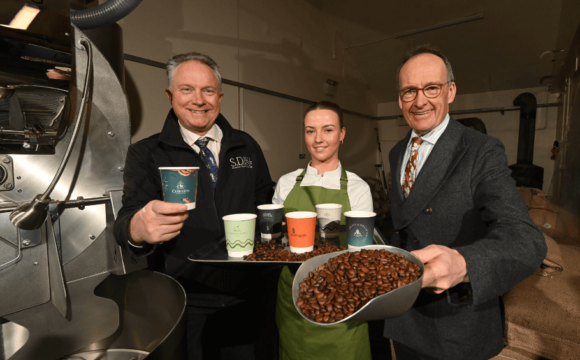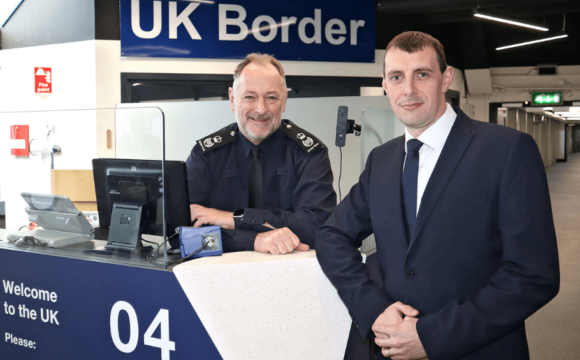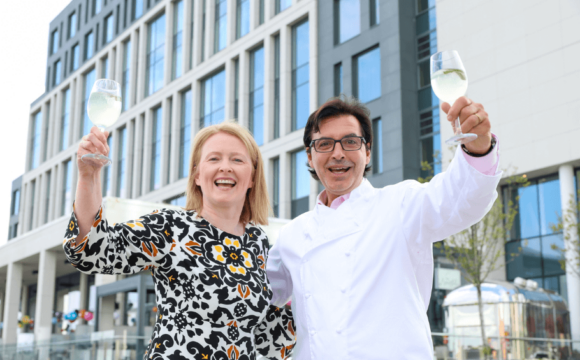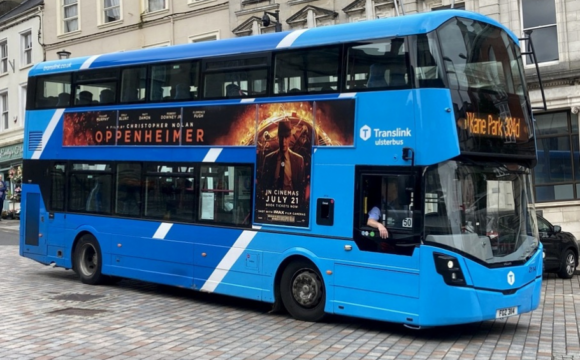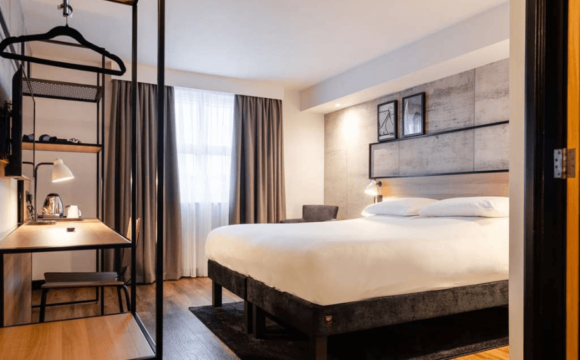Whether you’re a jazz fan, a cinephile, a foodie, a nature lover or an art lover, or are simply looking to experience something authentic and different, Lithuania has a cultural experience for every taste.
Lithuania has a long and varied history, and much of that history is recorded in the streets and urban spaces of its towns and cities. There’s the rich architectural heritage of Vilnius UNESCO-listed Old Town and the UNESCO-listed treasury of Kaunas Modernism. And reaching back to a more distant and pagan past is the UNESCO-listed site of Kernave. There are also hill forts and the traces of lakeside and villages literally swallowed by shifting dunes. All that and more awaits.
When it comes to natural tastes and authentic experiences, Lithuania has an eclectic and growing gourmet scene that takes in everything from upmarket restaurant couture to artisanal chocolatiers. Local produce is experiencing a boom as well, with small producers turning their hands to everything from cheeses, meats, and baked goods to wines, beers and liqueurs.
Events to suit all tastes
Culture vultures have so much to choose from throughout the year in Lithuania. Spring starts with a bang in Vilnius with the Cinema Spring (Kino Pavasaris) film festival, which attracts the best in global cinema and internationally renowned filmmakers. For those who prefer the theatre, theres the Sirenos Theatre Festival in September. Again taking place in the capital, it brings together both the best local directors and talent, with international names.
The country’s second city Kaunas, meanwhile, is home to an international jazz festival in April, and there is another jazz festival by the sea, in the port city of Klaipėda in the summer.
This huge rhythmic celebration is a chance to really immerse yourself in Lithuanian culture. Dainų šventė sees thousands of voices unite in a chorus that transcends time, intertwining past and future through music and dance. Join the historic event, feel the unity in traditional choir songs, and watch synchronised folk dances. https://dainusvente.lt/en/
Ancient celebrations with a modern or unique twist
Lithuania was one of the last pagan countries to fully convert to Christianity, with traces of polytheism running into the 17th century. That’s why you’ll find that many yearly celebrations carry the mystery and beauty of earlier rituals. This is most apparent in the evocative atmosphere of the Midsummer festival (Joninės), but also during the autumn equinox and the Halloween-like Mardi Gras (Užgavėnės) that accompanies Pancake Day in late winter.
Tapping into this connection to earlier, more nature-based ritual is the local polyphonic singing style (sutartinės), and the creation of sodai, or straw gardens – a woven sculptural form that’s on the UNESCO Intangible Heritage list.
A trove of architectural wonders
Enthusiasts of different architectural styles have much to wonder at in Lithuania. The capital is rightly famed for its medley of local Baroque, Classicism and Late Gothic. There is also a large helping of both Brutalist and contemporary architecture to explore. Meanwhile, the real draw of Lithuania’s second city Kaunas is its unique and UNESCO-listed form of architectural Modernism, the aptly titled Kaunas Modernism.
Moving to Lithuania’s coast, the port city of Klaipėda has some wonderful examples of Fachwerk, a trace of its time as part of the Kingdom of Prussia. And throughout the country, from its cities to small towns to villages, you have an array of creative and colourful examples of the local wooden folk architecture style.
Gastronomic Delights
Lithuania has putting itself on the gourmet map in recent years; proof of this are the scores of local restaurants that are putting a modern and overwhelmingly organic spin on traditional classics of local cuisine. Fine dining has been democratised by a largely young collective of chefs and restaurateurs committed to offering the best cuisine to a wider audience.
In Vilnius, Kaunas and Klaipėda you needn’t wait months for a table at the best restaurant, or break the bank to experience truly memorable flavours. And to go with the food there’s now a generous selection of local wines, beers and spirits to investigate.
And we can’t talk about Lithuanian cuisine without mentioning its signature dish, Šaltibarščiai, a cold beet soup with a shocking pink colour that makes it the perfect addition to any Instagram or TikTok feed.
Art on Every Corner
Art in Lithuania is not just something you find hanging on a gallery wall. You’ll find it adorning the walls of the cities themselves. The best example of this is Kaunas, where there is so much street art, they have even made a map so that you can easily find it all. Meanwhile, Vilnius is no slouch here either. Its railway station district probably has the largest concentration of large murals, but there’s also the Open Gallery located in the music and art venue Loftas.
In the port city of Klaipeda, meanwhile, there’s a collection of novel and fun sculpture trails that winds through the Old Town and riverfront district. But it’s not just a big city thing – the town of Marijampolė runs its own street-art Malony festival that unites it with London and New York.
Layers of history
From the hill forts of Kernavė, the country’s first capital and symbol of its early pagan statehood and independence, to the castles, manors and representative structures built and rebuilt through successive periods of union, independence and occupation, there’s much for the budding historian to explore, experience and enjoy in Lithuania.
Perfect for a short stay
Compact, convenient and culture-packed, Lithuania’s main cities are perfect locations for city breaks. In Vilnius, you can explore the UNESCO-listed Old Town and trace the city’s history with a walk around its many architectural wonders. Visit a theatre, take in a concert or just while away some time exploring the many museums. In the evening, why not enjoy a gourmet meal without the need to book a month in advance.
A short hour’s drive away you’ll find yourself in Kaunas, the second-largest city. Here you can take in the many examples of UNESCO-listed Kaunas Modernist architecture, as well as enjoy the delights of its great cafe, bar and entertainment scene. There’s also the street art to take in, and the unique and quirky museums, including its globally renowned Devil’s Museum.
A two-hour drive from Kaunas will take you to Klaipėda, the country’s port city, where you can catch the short ferry to the Curonian Spit, a UNESCO-protected natural wonder of sand, sea and sky. Klaipeda itself offers much to admire: the newly developed riverfront, unique Fachwerk architecture, and a sculpture trail.



